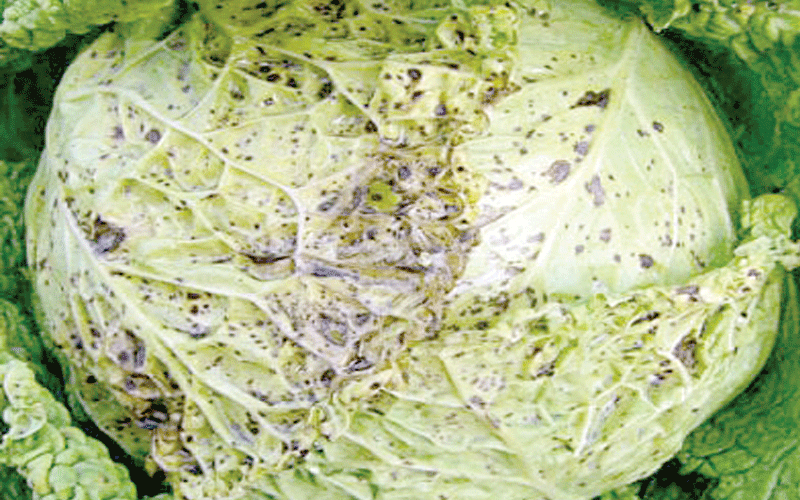Top scientists team up to fight vegetable viral disease
By Milliam Murigi, September 24, 2019A team of international scientists is seeking to improve the resistance of Kenya’s cabbage and kale (sukuma wiki) crops to Turnip mosaic virus (TuMV).
The group from the Centre for Agriculture and Bio-science International (Cabi), the Kenyan Agricultural and Livestock Research Organisation (Karlo), and the National Institute of Agricultural Botany East Malling Research (NIAB-EMR) of UK; University of Warwick (UK) and Syngenta (Netherlands) has come together after identifying a potentially durable TuMV disease resistant trait in the distantly-related Chinese cabbage (Brassica rapa).
“We are now working to employ conventional breeding methods to move the resistance trait from the Chinese cabbage to Kenyan cabbage and kale varieties in the anticipation that providing durable disease resistance in Kenyan cabbage and kale cultivars will help reduce yield losses,” said Dr Charlotte Nellist of NIAB EMR.
The lower cost of production, the researchers believe, will result in cheaper retail prices, boosting availability of the crop for consumption and helping in the fight against malnutrition.
Besides, the project aims to survey the prevalence of TuMV from multiple regions in Kenya and provide data on the efficacy of the Chinese cabbage resistance against contemporary Kenyan TuMV isolates.
Miriam Otipa, Head of Pathology at Karlo, said the research institute is excited to be part of this team that is solving a challenge for an important Kenyan vegetable that has not been tackled by anyone so far.
“The training of scientists in the use of modern molecular tools to breed for resistance is an area that is challenging for the organisation.
The collaboration will foster the exchange of ideas among scientists from the UK and Kenya, thus enriching their knowledge,” she added.
The project kicked off with a field sampling trip in March 2019, visiting four cabbage and kale growing regions —Kinangop, Kinale, Subukia, and Molo.
The virus was detected in all four regions visited but with varying degrees, with a higher incidence in Subukia and Molo.
More Articles

